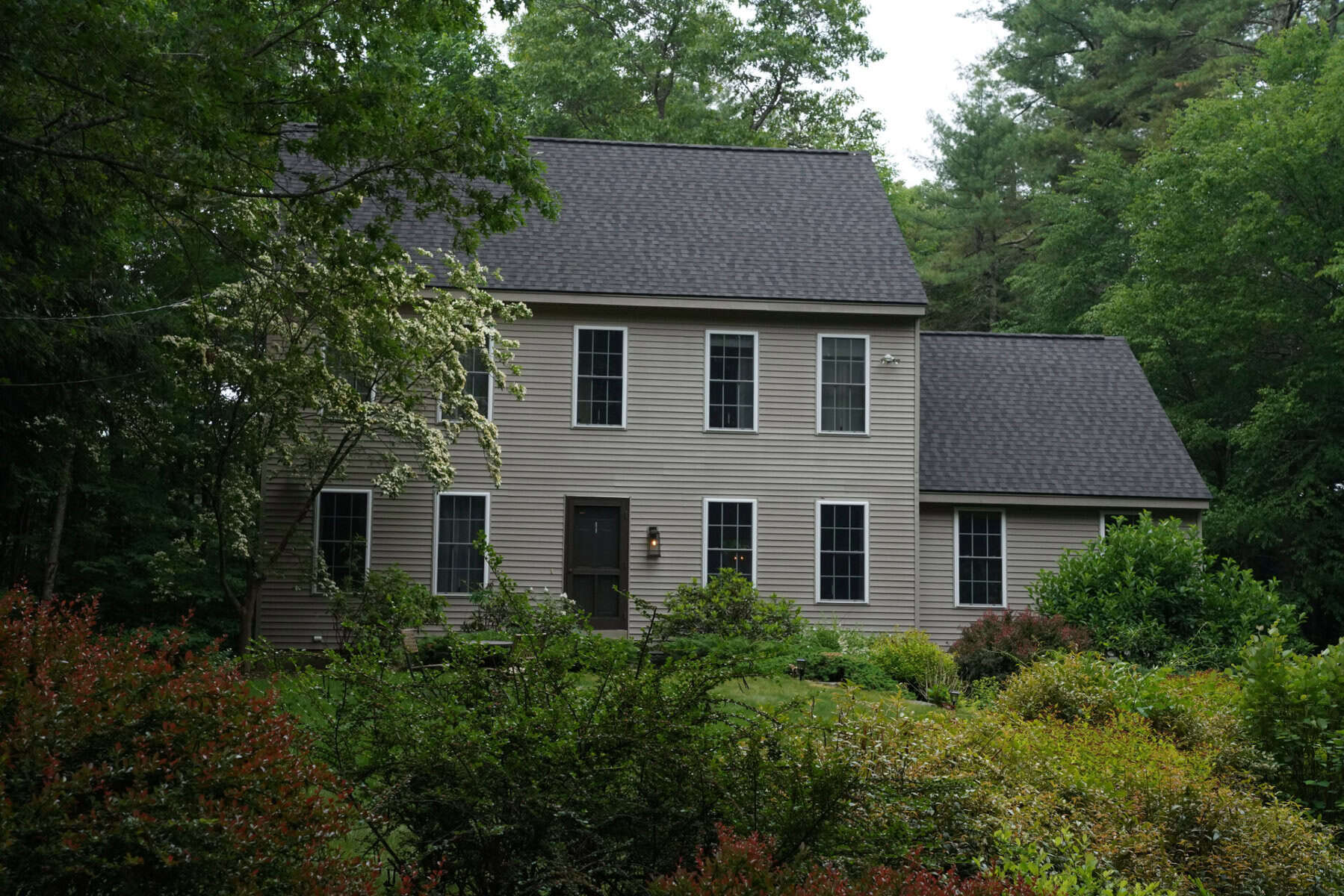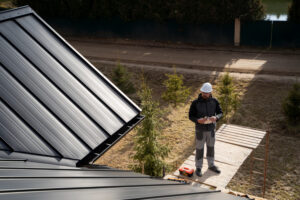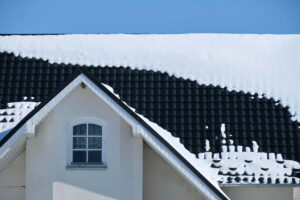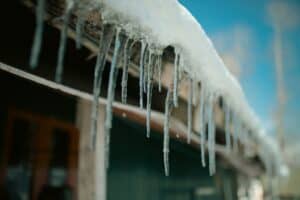
Storms can do a number on your roof, and not all damage is as obvious as missing shingles or broken flashing. One problem that flies under the radar for many homeowners is granule loss. Those tiny grains on your shingles actually play a big role in protecting your roof. When a heavy summer storm passes through, wind and rain can loosen these granules, leading to bigger issues if not addressed.
In places like Rye, where summer weather can shift quickly from humid heat to sudden storms, your roof faces a serious workout. Spotting shingle granule damage early can protect your home from long-term problems. Knowing what to look for and what it means helps you take action before the damage gets worse.
Understanding Post-Storm Shingle Granule Loss
Shingle granules are more than just decorative speckles. They’re small mineral particles embedded onto the surface of asphalt shingles to help shield them from the sun’s rays. These grains keep ultraviolet (UV) exposure in check and help your roof stay cooler during those hot August days. They also add a bit of fire resistance and texture to prevent shingles from sticking together.
When a strong storm hits, especially with pounding rain and high winds, granules can get knocked loose. Over time, this exposes the asphalt layer underneath, which is more vulnerable to water and UV. Granule loss might happen naturally as shingles age, but rapid or patchy loss often points to storm damage.
The tricky part is that it’s not always easy to spot. Your shingles may still be sitting flat on the roof, looking fine at first glance. But if you know where to check, you can catch early signs before the damage spreads or leads to leaks.
Signs Of Granule Loss After A Storm
Worried your roof took a hit during the last storm? Here’s how to tell if you’re dealing with granule loss:
– Check your gutters. One of the first places granules end up is in your downspouts or along the bottom of downspout lines. If you notice dark, coarse debris, it’s likely not just dirt. It’s granule runoff.
– Look at your driveway or walkway. After rain, especially in early August when thunderstorms roll in often, granules may wash off and collect where water drains.
– Spot shading differences. From the ground, you might notice parts of your roof look lighter or blotchy. This uneven color could mean granule loss in specific areas.
– Check for bald spots. If you’re able to look safely from a ladder, inspect the shingle surface. Bald patches without granules are clear signs of damage.
– Watch for shingle edges curling or cracking. Granule loss often leads to faster shingle breakdown. If shingles start curling or splitting, underlying layers have been exposed too long.
One Rye homeowner noticed heavy granules along their front steps a day after a storm. At first, they thought it was dirt. But after checking the gutters and looking up at the roof, they saw uneven spots where granules had washed away. It was a clear sign the storm did more damage than they expected.
If you’re seeing one or more of these signs, your roof might need attention sooner rather than later. Knowing what to watch for helps you catch problems early, which can make a big difference when it comes to future repair costs and keeping your home watertight.
Potential Consequences Of Granule Loss
When granules wash away, they’re not just making your roof look worn out. There’s a real risk to the roof’s ability to do its job. Those little specks help shield the asphalt layer underneath from sun damage and water exposure. Without them, shingles break down faster and stop offering full protection.
One of the most common problems that follows untreated granule loss is a leaky roof. Once the asphalt is exposed, it becomes more likely to crack or curl under constant sun and temperature changes. This allows water to sneak underneath, weakening the roofing structure and potentially seeping into your attic or ceilings. Once water gets through, it can damage insulation, create damp spots, and possibly lead to mold growth.
Granule loss can also mess with your home’s comfort. When your shingles don’t have that protective coating, they absorb more heat. This extra heat can make it harder to cool your home during those hotter August afternoons, especially in places like Rye where summer humidity is already a challenge. It might not show up right away, but over time, it can lead to uneven temperatures and strain on your HVAC system.
In short, when granules go missing and stay that way, your roof loses its defense against the weather. And it doesn’t take much for that missing protection to cause long-term damage if left alone.
Steps To Take After Noticing Granule Loss
If you spotted bald patches or found gritty material in your gutters after a storm, it’s best not to ignore it. Even if everything looks fine from the driveway, there could still be areas up top where your shingles are starting to wear out. The earlier the damage is checked, the better off your home will be.
Here’s what you should do next:
1. Don’t wait too long. If you noticed granule loss after a summer storm, mark it on your calendar and act as soon as possible. Waiting through another round of rain or heat waves can make things worse.
2. Schedule a roof inspection. Granule loss may look small, but a close-up inspection can spot patterns of damage that aren’t visible from the ground. A roofer can tell the difference between normal aging and storm-related damage.
3. Avoid walking on the roof. It’s tempting to check the damage yourself, but it can actually knock more granules loose or cause injuries, especially if the roof is already wet or weakened.
4. Prioritize maintenance. If the inspection shows early signs of failure, small repairs or targeted shingle replacements can often take care of the problem before it spreads.
Being quick to respond gives you the best chance at keeping costs down and protecting your home from growing problems.
Why Choose Professional Roofing Contractors In Rye
Working with professionals who know Rye’s weather patterns and building styles helps things go smoother. Local knowledge matters a lot when it comes to diagnosing weather-related roof problems. Storm patterns here can be rough on residential roofs in late summer, so having someone familiar with these conditions is a big help during inspections and repairs.
A professional roofer can spot problems you’re likely to miss and give you a complete picture of what’s happening with your shingles. Maybe it’s a small section that needs fixing, or maybe it’s time to start thinking about a more thorough replacement. Either way, you’re making sure the whole roofing system stays solid.
There’s also peace of mind that comes with knowing the job is handled the right way. That includes clean-up, shingle matching, proper installation, and no surprise issues down the road.
Tips To Keep Your Roof Problem-Free Year After Year
Your shingles do more than sit there in neat rows. They’re the first line of defense against every summer storm or winter snow pile. When those surface granules start disappearing after a storm, it’s a warning worth listening to.
Catching granule loss early and staying on top of repairs keeps your roof strong and dependable. Especially in places like Rye, where coastal storms and summer heat roll in fast, a little attention can go a long way. Regular inspections and maintenance can help stop small problems from turning into major damage, so your roof keeps doing its job year after year.
To keep your roof in great condition despite the challenges of storm-induced granule loss, it’s best to work with trusted experts. Connect with our skilled roofing contractors in Rye at J. Carnes & Son Roofing. We provide thorough assessments and dependable maintenance to help your roof withstand New England’s unpredictable weather year-round.




